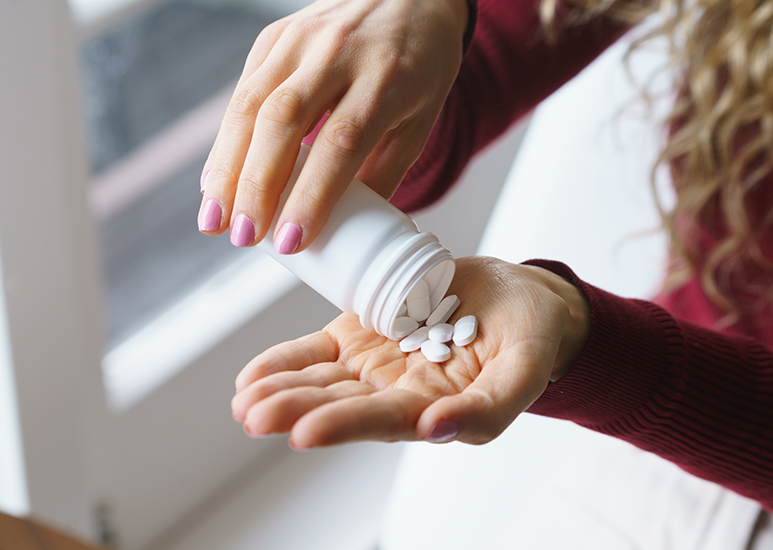Understanding Overdose
A drug overdose is a potentially life-threatening experience that occurs when someone is exposed to a toxic amount of a substance. Overdoses are often accidental and have several causes, such as:
- Taking a medication by mistake
- Taking too much of a medication or drug
- Mixing medications, drugs and/or alcohol together
- Accidentally taking a substance that’s laced with others
Although many overdoses happen by mistake, they account for around 90,000 to 110,000 deaths a year in the United States. In 2023 alone, fatal drug overdoses made up a total of 107,543 deaths in the U.S.1 With such a high mortality rate, it’s important to understand the symptoms of an overdose, as well as how to prevent overdoses from occurring.
Common Symptoms
Some symptoms depend on the consumed substance. However, the most common signs of an overdose do tend to overlap. Symptoms include but are not limited to:
- Drowsiness or inability to stay awake
- Vomiting
- Shallow breathing
- Choking or gurgling noises
- “Pinpoint” — small and constricted — pupils
- Limp arms and legs
- Discoloration of the skin, lips or nails — often blue or purple
What to Do When Someone Overdoses
If you think someone is experiencing an overdose, call 911 immediately. Try to keep the person awake, turn them on their side to avoid potential choking, and stay by their side until first responders arrive.
Consider Keeping Naloxone On Hand
One additional step you can take is administering naloxone. Naloxone — also known by its brand name, Narcan — is a medication designed to reverse an overdose. It can be given as a nasal spray or as an injection, and it helps restore someone’s natural breathing.
Anyone can use naloxone. There is no prescription, training or health care license needed. Most medical facilities carry it. However, having your own naloxone can help others quickly. It’s especially useful for family members or friends of people who struggle with substance use disorder to have naloxone nearby.
Naloxone is not a permanent solution. The effects of the medication last about 30 to 90 minutes — while most substances stay in the body for hours. So, people who’ve received naloxone still need to be monitored until further help arrives.
Some states and cities offer naloxone for free. To learn more or to find distribution centers, visit Overdose Lifeline.
Source:
1 CDC, National Center for Health Statistics
